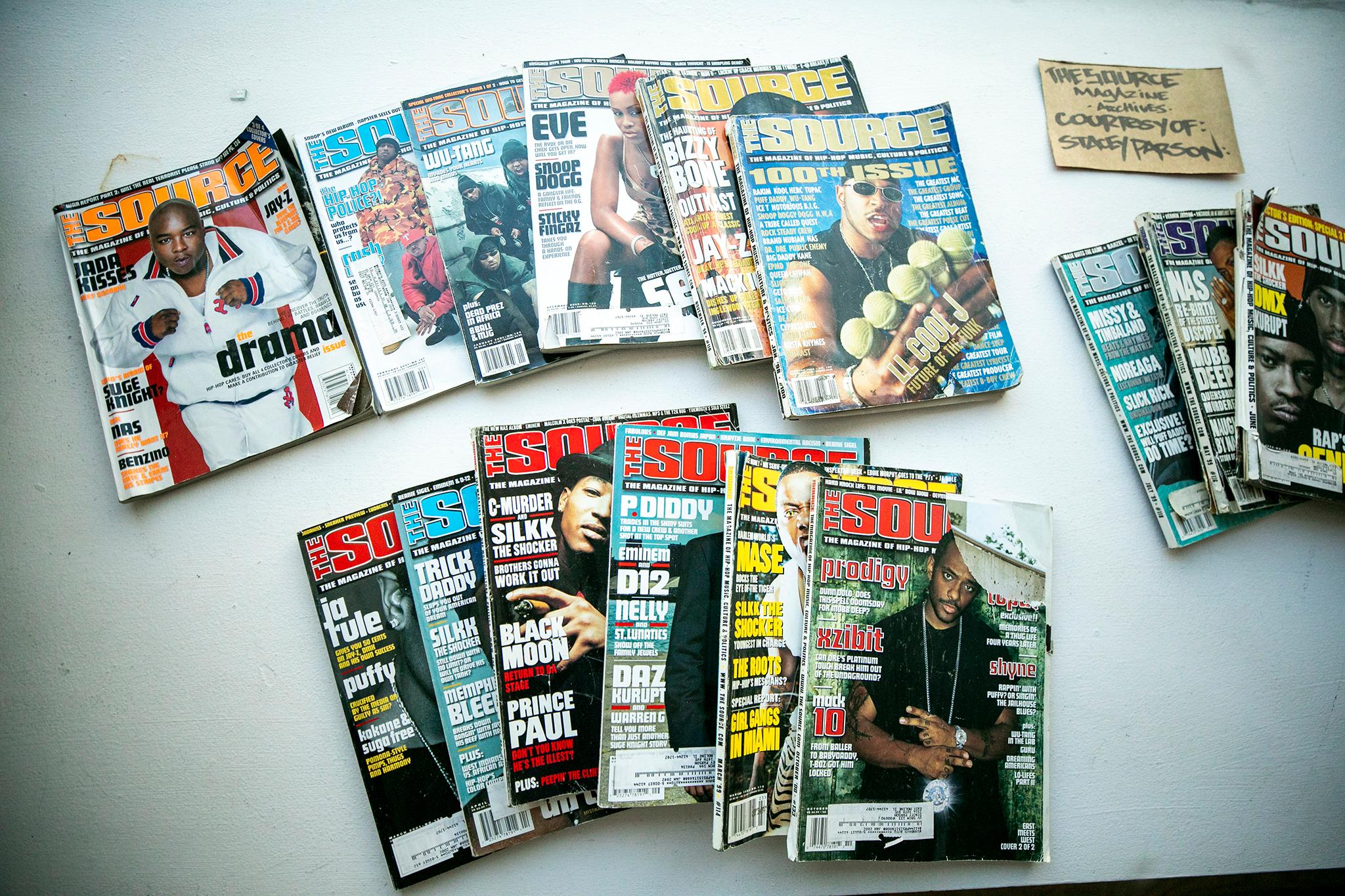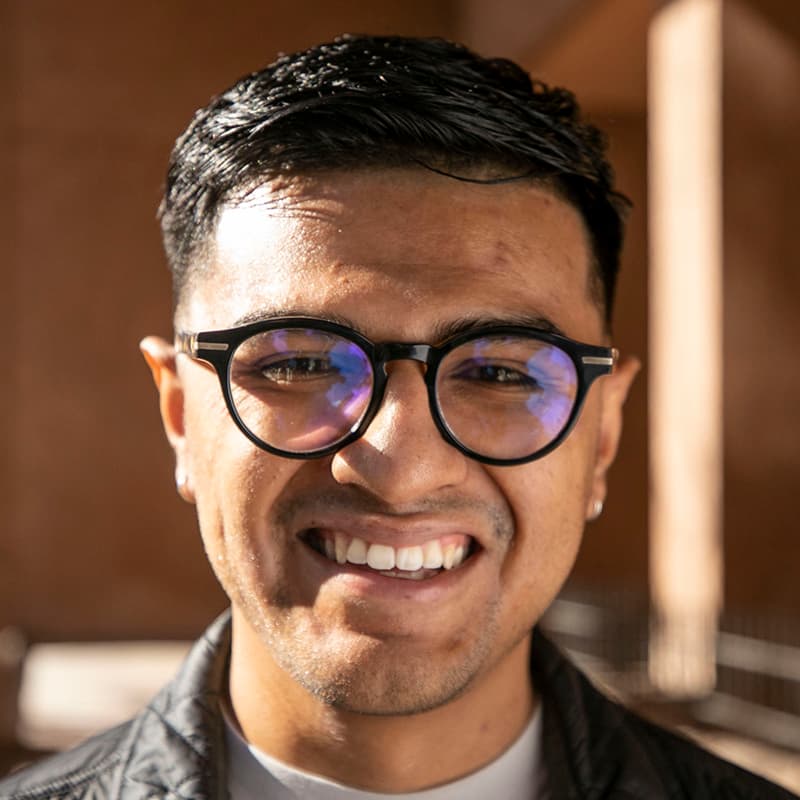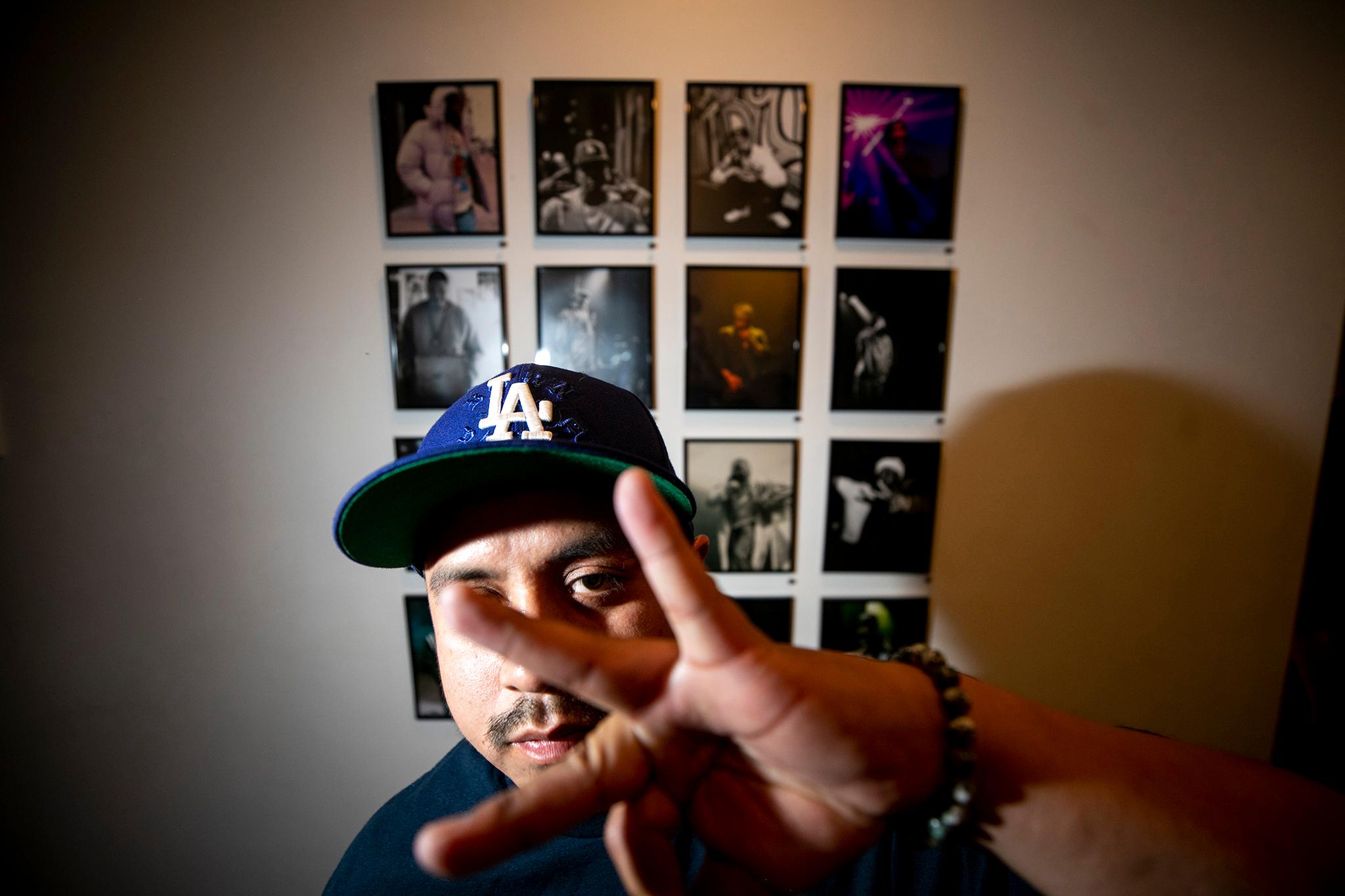Inside Five Points' Banshee House, an assortment of bent and slightly torn issues of Source Magazine are laid out just inside of the glass enclosure next to the main entrance. Hip-hop figures like Jadakiss and Prodigy grace the covers of what was once a main source of rap news.
To the left, a row of framed photographs line across a white wall, each picture depicting a hip-hop icon: Larry June, Neighborhood Nip, Nas, Rakim, Kendrick Lamar, Pusha T, YG, Vince Staples, Snoop Dogg and the list goes on.
In celebration of hip-hop's 50th anniversary, Theyshootn, a photography collective led by local photographer Armando Geneyro, is hosting a fine art photography exhibit titled "Hip-Hop 'til Infinity" meant to pay homage to a genre, and a culture, that helped raise them.
Portraits of more than 75 artists, captured through the lens of local photographers, are on display.
"Four or five years ago we started realizing the 50th anniversary was coming up," Geneyro said. "When it first started it was called a fad. It was demonized early. It's still demonized to this day but it's persevered because it's real. It's the voice of the people."

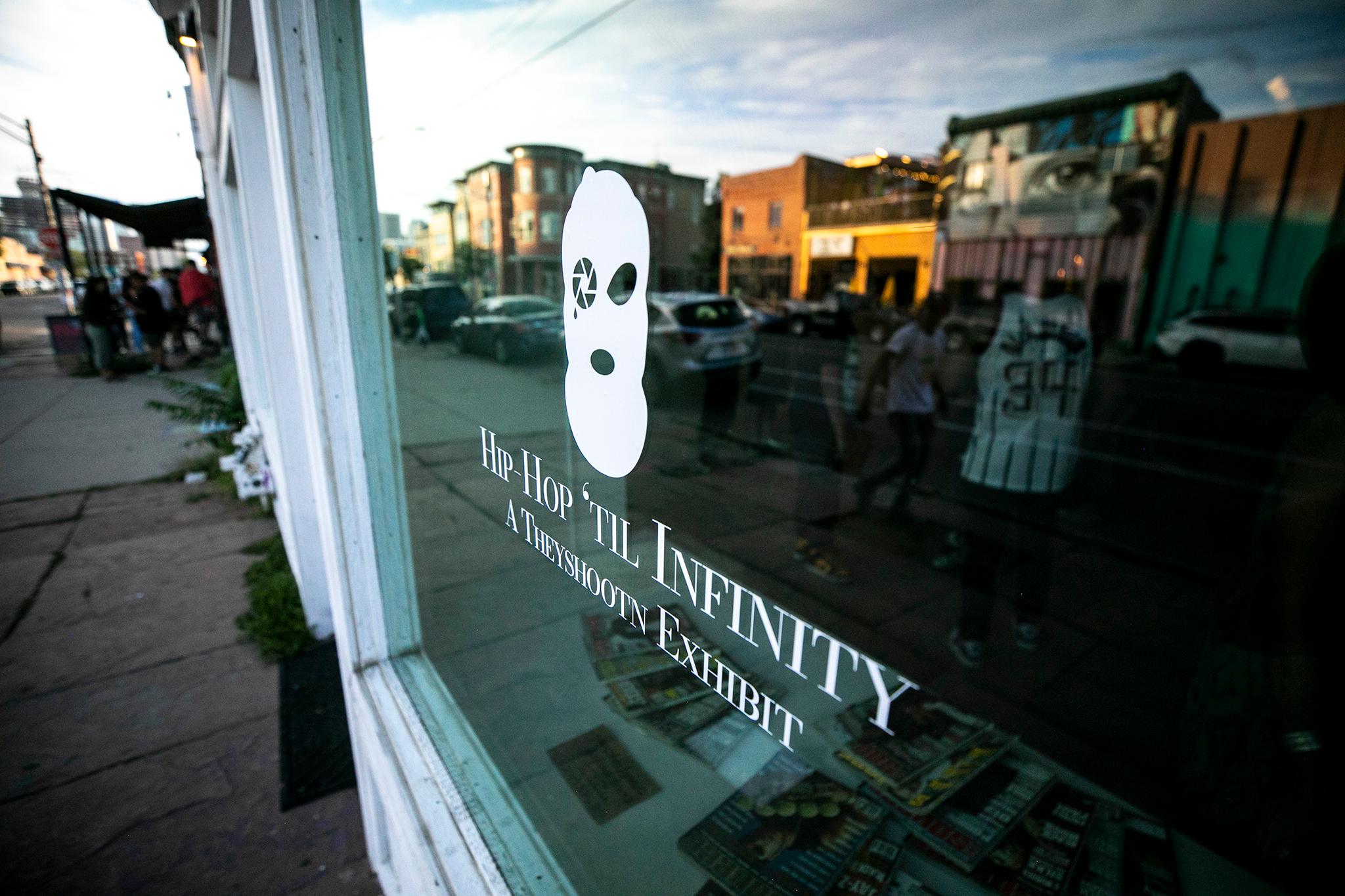
More than 900 people have RSVP'd for the 21 and up event at 2715 Larimer St. The show kicks off tonight, Aug. 11 from 6 p.m. to 1 a.m. in the Five Points neighborhood. The exhibit will feature music by DJ Vandelay, KDJ Above and DJ Lazy Eyez, as well as live art, tattoos and other giveaways from community partners.
The exhibit will only remain open Friday and Saturday. The second night of the exhibit that will feature a photography workshop featuring b-boys and girls from the Bboy Factory from 6 to 8 p.m. as well as Denver Beat Social open mic for producers starting at 8 p.m.
The photography workshop is for all ages and all skill levels; the open mic is 21 and up.
"We felt like if it wasn't us, then who else was going to do it?" Geneyro said. "We're all photographers, we all have a connection to hip-hop. It's something that we are, it's not something that we try to be. It literally raised a lot of us."
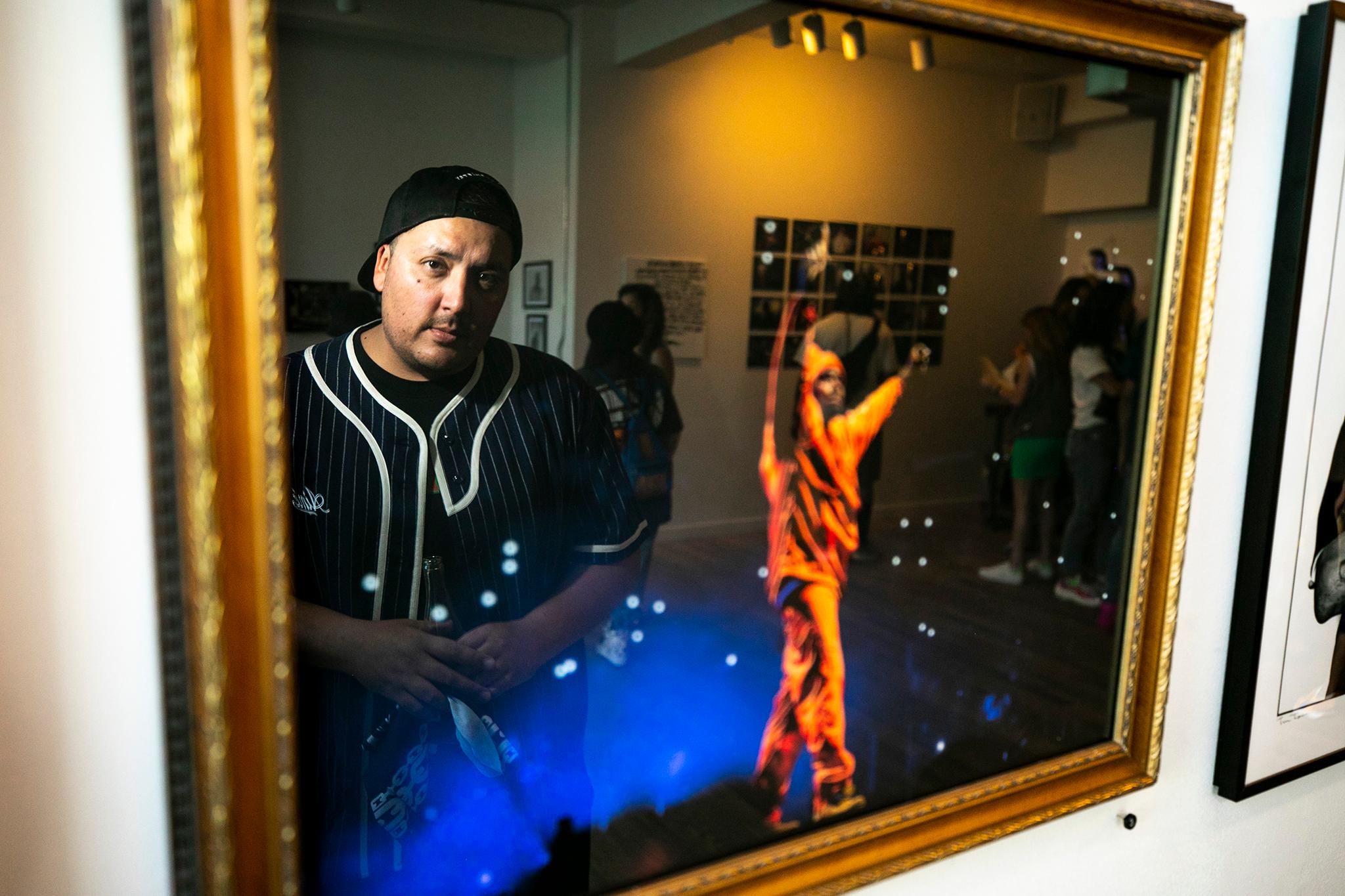
On display will be the works of local photographers who have dedicated a majority of their careers capturing the icons of a musical genre that's dominated popular culture.
Those featured will include Geneyro, Jose Domingo also known as 3rd Division, Blake Jackson, Amanda Lopez, Anthony Maes, Mike Thurk, Trevor Traynor and two ofrendas created by Angelica Jiménez artistically known as Xencs L. Wing.

For Maes, one of the younger photographers in the lineup, hip-hop has been around him his entire life. It wasn't until local DJ, Carl Carrell, tossed him a camera that he started documenting his passion.
"I've been a big fan of Larry June for years," Maes said, pointing to a photo of the California rapper that he took at Summit Music Hall in June earlier this year. "He's definitely one of my favorite artists. I've been trying to get this photo for a hot minute. I think I just manifested it over a while and I finally got it."

Maes, born and raised in Denver, says the exhibit helps others see what they see, leaving behind the days when he himself was left outside of a venue.
"This is where the camera has brought me," Maes said. "I met Grandmaster Flash one time and I said 'Thank you for hip-hop' and he said 'Thank you for listening' and that has never left my mind. To be here and see where hip-hop has taken me, it's an honor and a blessing and I'm forever thankful."

Each framed photo captures the faces of artists who have captured the love of fans from all over the world.
Thanks to photographers, fans were able to put a face to the name and the voices that played in their boomboxes.
Blake Jackson, a Denver-based multidisciplinary creative, understands that photography has played and continues to play a vital role in the success of hip-hop.
"These are superheroes that have an origin story," Jackson said. "You can watch them grow to become these mythological figures. If it wasn't for visual artists being able to document these moments, [hip-hop artists] wouldn't reach the pinnacles that they reach."

Jackson, who has directed music videos for local artists, acknowledges the overlooked presence of Denver hip-hop on a national scale but doesn't think it should take away from what this celebration means and the love of hip-hop that lives in the city.
"I think hip-hop artists here have to work harder than any other city to be able to get any level of notoriety and respect," Jackson said. "Hats off to them. I think eventually Denver will gain the nationwide respect it deserves, but right now it's important to not get caught up in that and focus on the art."

In conjunction with the hip-hop exhibit, Theyshootn creatives also painted a mural in Denver and filmed a music video paying tribute to the genre.
The mural, located at 2222 N. Broadway, was created by graffiti artist CycoScityLA. Collaborators then filmed, edited and recorded a song with the help of Denver-based rapper and producer Sedrick Avenue and breakdancing by members of Bboy Factory all in just about three weeks.
(You can watch the video here.)
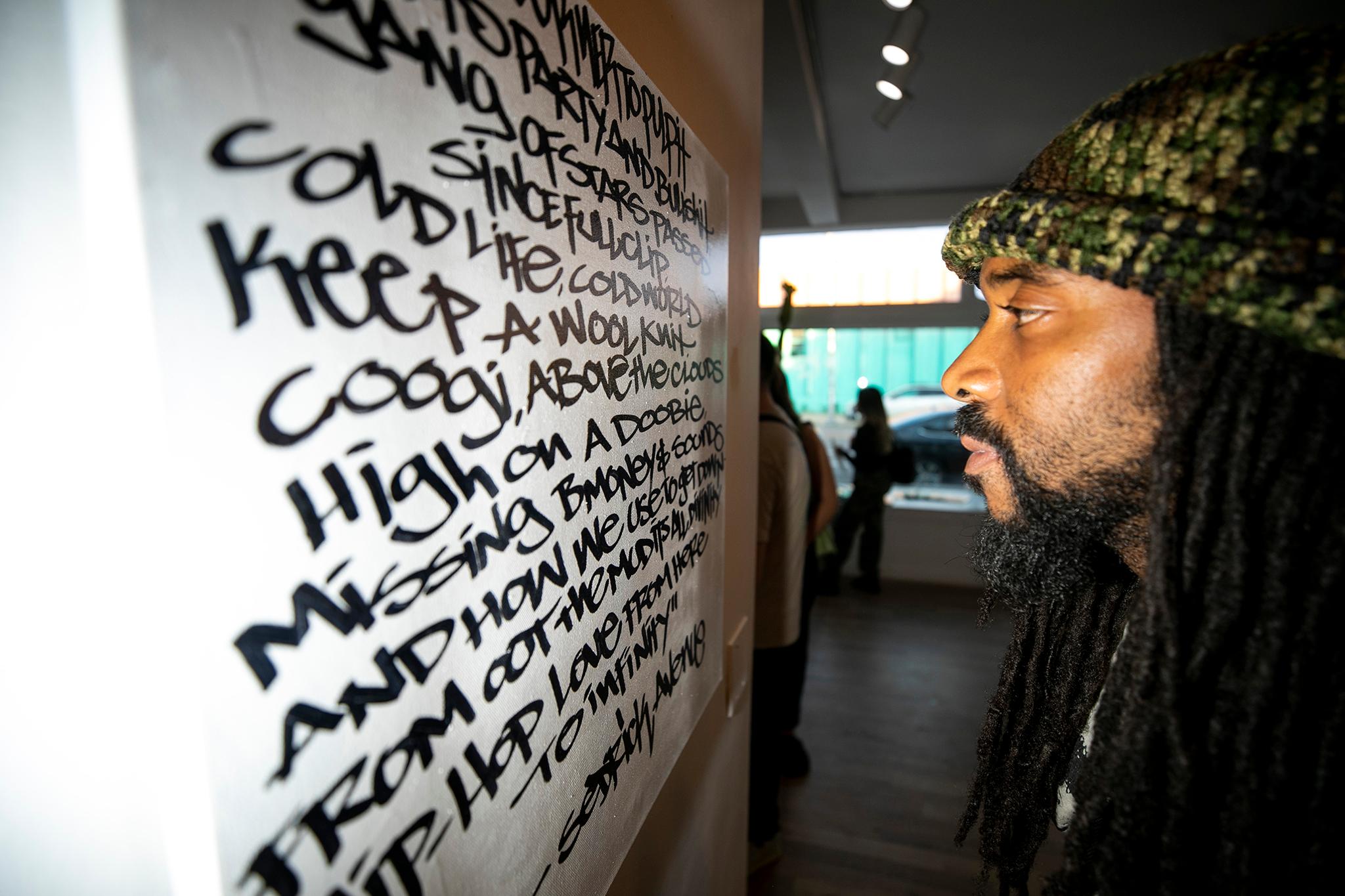
"Any other place that I've been I've been shocked to hear those local artists complain the same way that local artists complain here. I don't think Denver's really any different," said Avenue. "It could always use more love and support, but that's just the nature of hip-hop. It's lemons. We make lemonade."
Avenue listened to artists like Wu-Tang, Method Man, Brotha Lynch Hung, Luni Coleone, Marvaless, Jay-Z and Biggie. But he can best sum up his love for hip-hop by remembering the days he'd come home from school to watch BET's "Rap City: The Basement" on cable television.
"Hip-hop being 50 is crazy to me," Avenue said. "I'm 41. It's been around my whole life for sure, a vital part of my existence. My kid came out the womb singing songs and his mom loves hip-hop. It's essential to my survival."

Ultimately, Geneyro calls this exhibit a love letter to hip-hop. It's a tribute to the years he's spent chasing rap news, capturing rap icons, breathing and living the culture that helped raise creatives like him.
"Source was the rap magazine I grew up on," Geneyro said. "I used to always cop a Source Magazine and I'd go straight to the back pages where the record report was and you'd see what was coming out and what they rated it."
Hip-hop, Jackson said, is "inherently ours. It's for urban individuals, Black and brown people, working class, poor people that come from struggle," he continued.
"That in itself, to me, is what should be the American dream," Jackson said. "People that come from nothing that are able to carve out their niche despite societal pressures."
